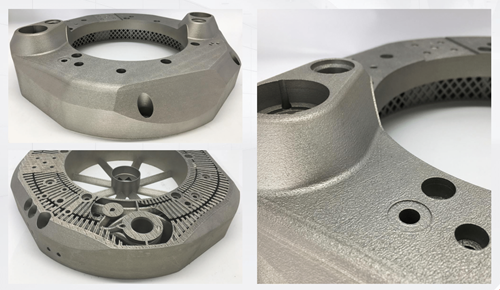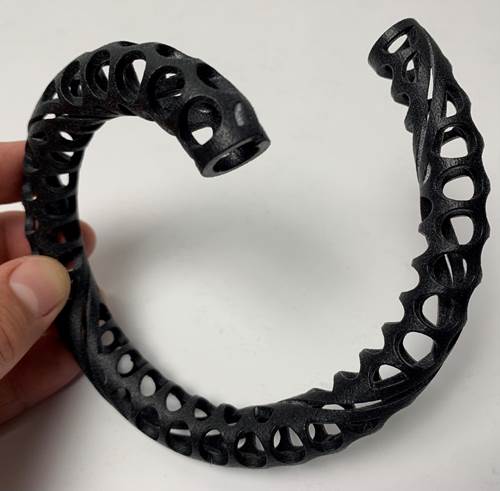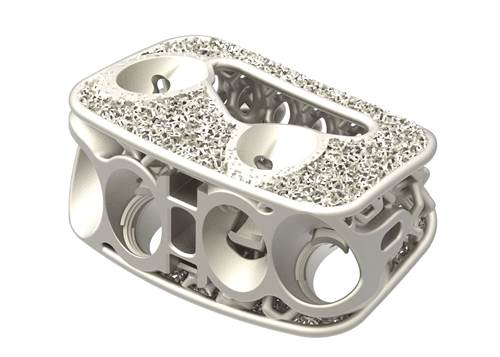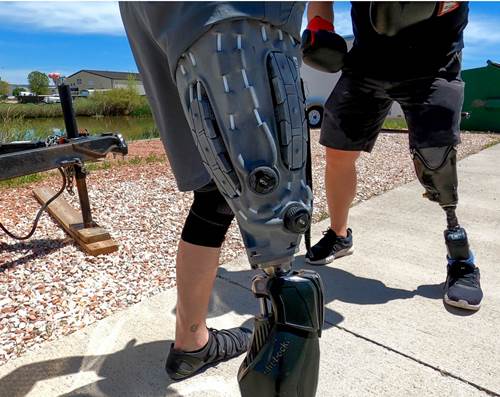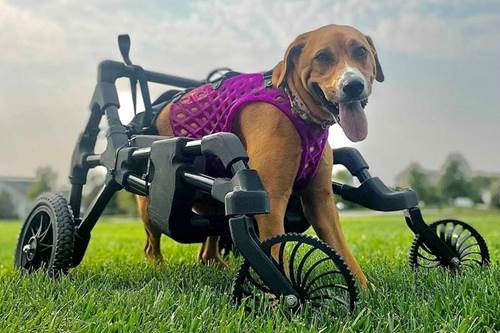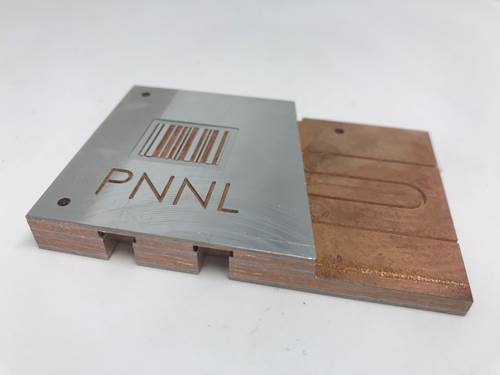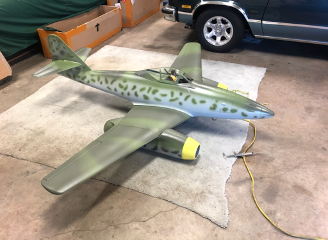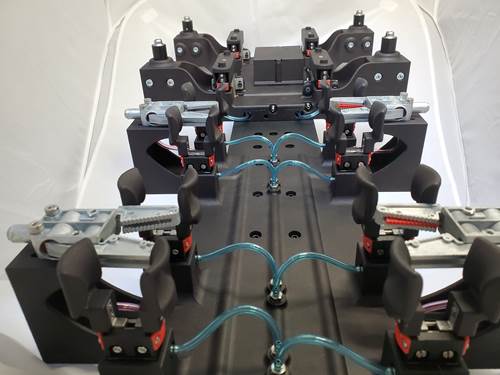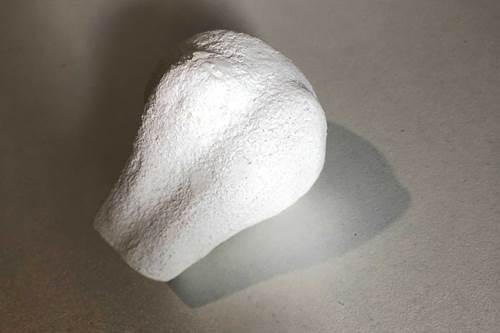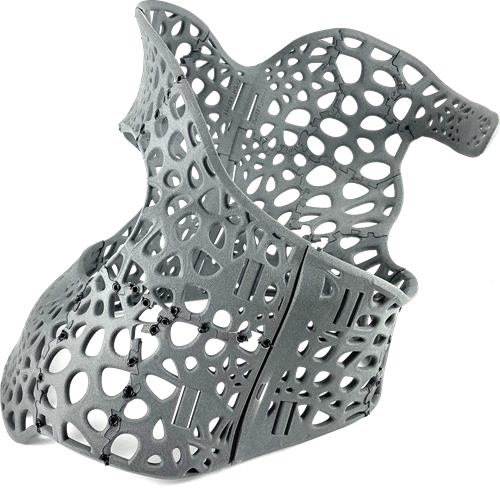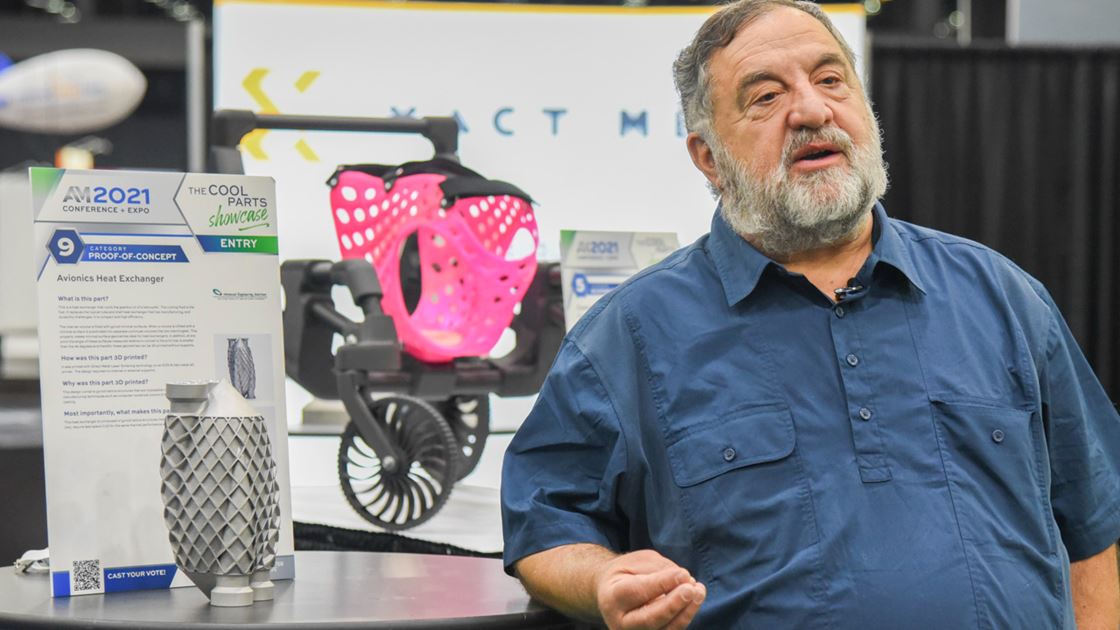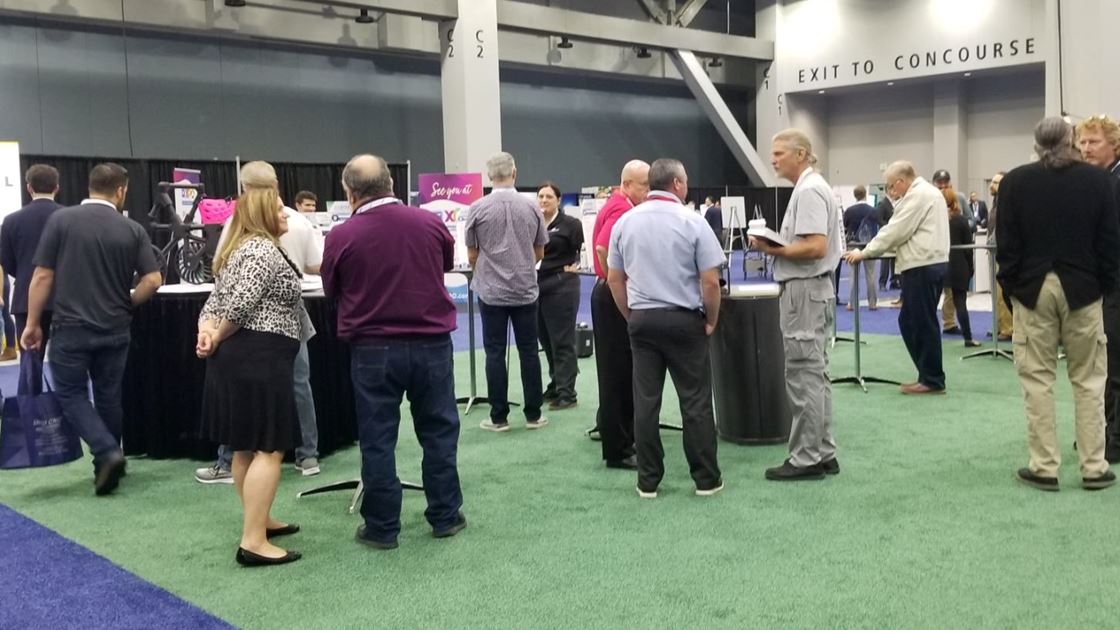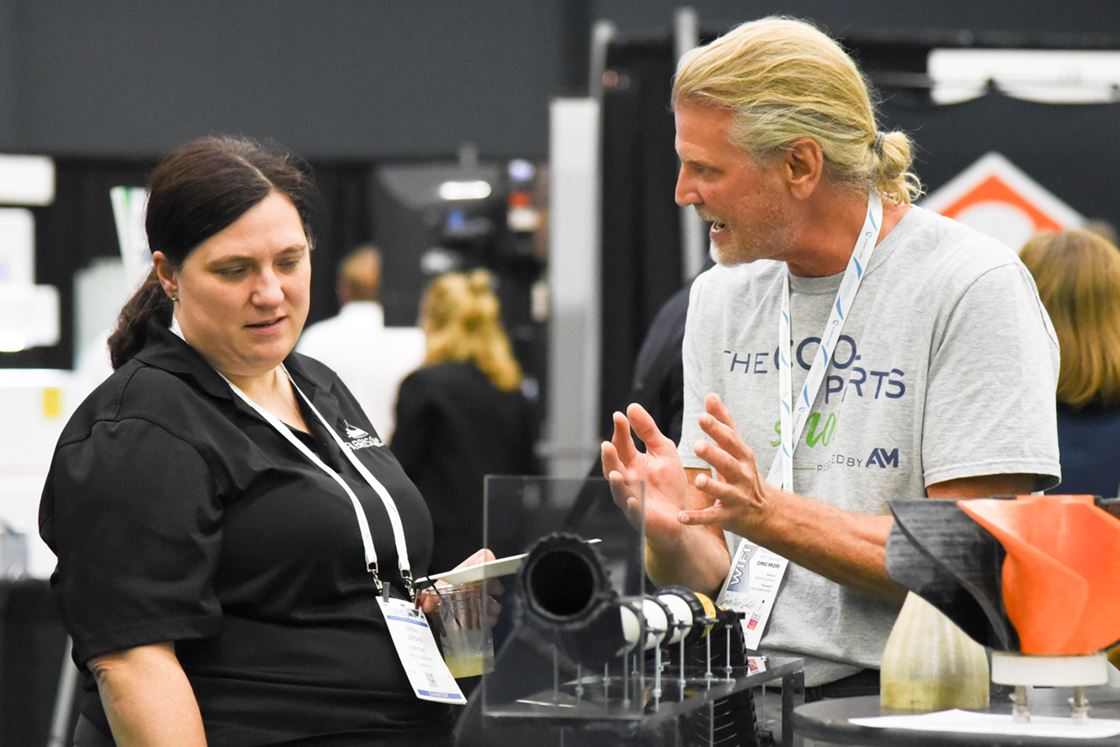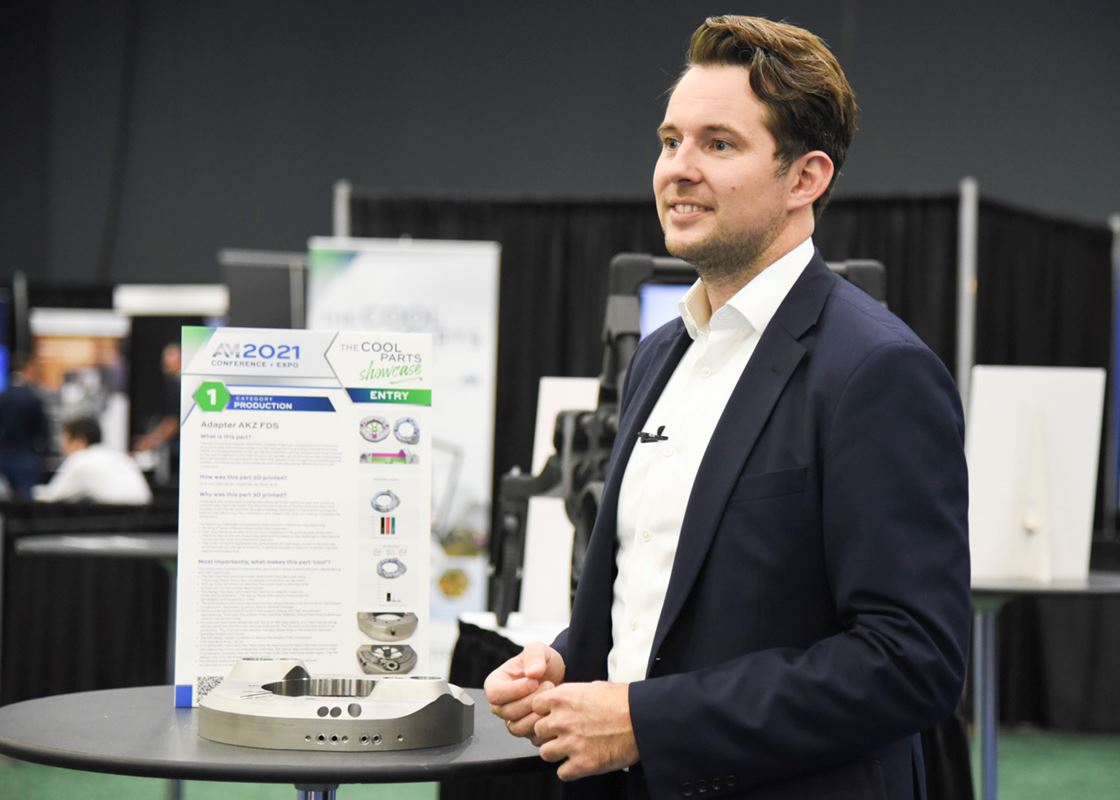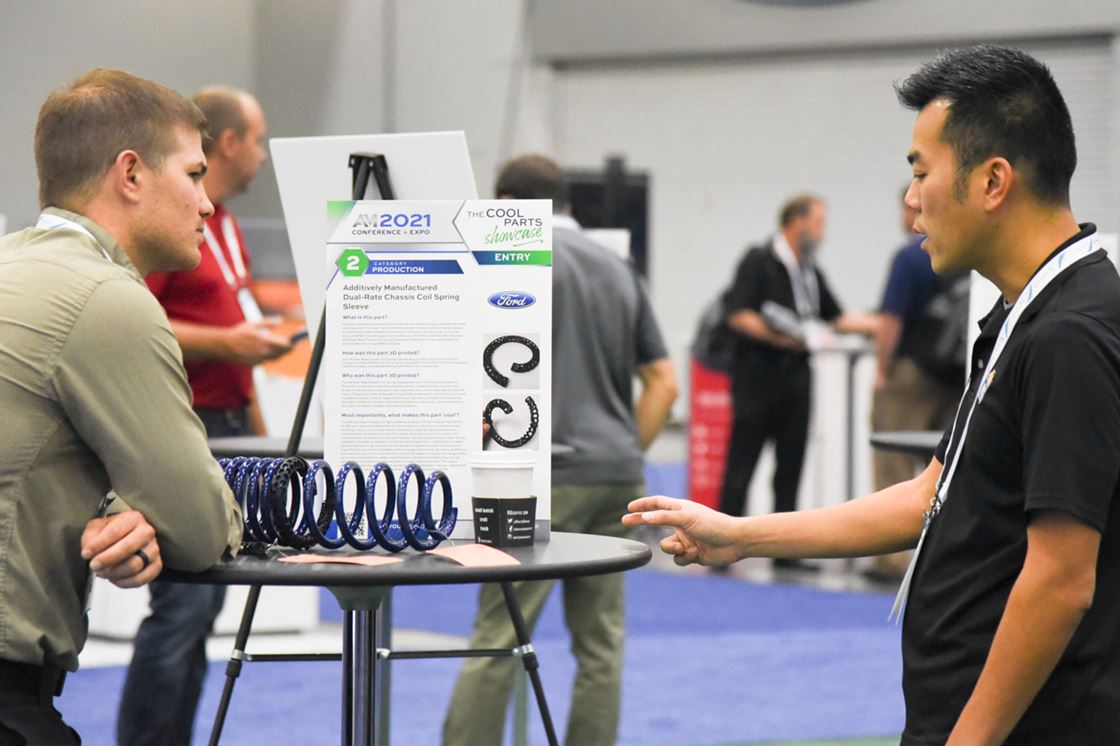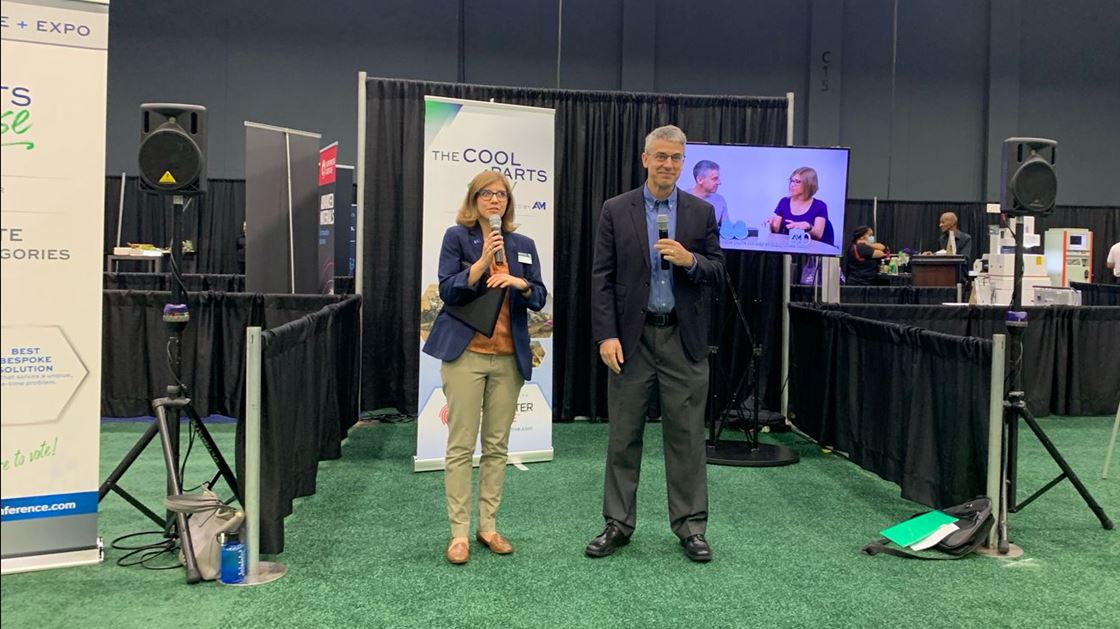Machine tool builder DMG MORI produced the AKZ FDS adapter through laser powder bed fusion to aid its CNC machine tools. The adapter fits on a machine tool spindle to transfer cooling lubricant and oil-air mixture to the cutting tool. Compared with a previous design made conventionally, this 3D printed design replaces 71 parts with just five. The adapter also improves fluid flow and weighs just half of that original version. Click the photo to see the part on The Cool Parts Show.
Source: Ford Motor Company
Ford Motor Company developed this dual-rate chassis coil spring sleeve as an aftermarket part. Previously, this part had been made through extrusion forming. 3D printing from TPU via Multi Jet Fusion has optimized the part's weight and material used, plus simplified assembly by eliminating adhesive between the sleeve and the spring that had been required in the previous design. The chassis coil spring sleeve demonstrates new design possibilities and brings a “wow factor” that educates the customer about AM, the company says.
Submitted by NuVasive, the Modulus ALIF is a 3D-printed porous titanium implant for the anterior lumbar interbody fusion (ALIF) spine procedure. The implant is designed for enhanced osseointegration and biomechanical properties, and allows for enhanced visualization compared to solid titanium implants. It also includes a zero-step locking mechanism, providing definitive tactile and visual confirmation of screw placement. Produced through laser powder bed fusion, the titanium implants do not require any post-print machining, only support removal, HIPing, deburring and media blasting. The implant is recently launched into full production.
Source: Quorum Prosthetics
Developed by Quorum Prosthetics, the Quatro socket is a prosthetic socket with three independently adjustable zones, allowing the wearer to quickly modify compression and overall size for a better fit. The socket can be donned or doffed quickly and enables the user to make adjustments on the fly. Thanks to 3D printing, each device can also be customized to the each wearer based on a scan. The sockets are printed using Multi Jet Fusion and made from PA12 and TPU, which makes them lighter and less bulky than conventional carbon fiber sockets made by hand.




